Nationality United States Fields Physics | Role Physicist Name Philip Anderson | |
 | ||
Born December 13, 1923 (age 101)
Indianapolis, Indiana, USA ( 1923-12-13 ) Institutions Bell Laboratories
Princeton University
Cambridge University Alma mater Harvard University
U.S. Naval Research Laboratory Known for Anderson localization
Anderson Hamiltonian
Higgs Mechanism
Spin glass Notable awards Oliver E. Buckley Condensed Matter Prize (1964)
Nobel Prize in Physics (1977)
ForMemRS (1980)
National Medal of Science (1982) Awards Nobel Prize in Physics, National Medal of Science for Physical Science Education University Laboratory High School, Harvard University, United States Naval Research Laboratory Books More is Different, Basic Notions in Condens, A career in theoretical physics, Concepts in solids, An Electronic Compani Similar People Nevill Francis Mott, John Hasbrouck Van Vleck, Piers Coleman, Kenneth Arrow, Brian Josephson | ||
Doctoral advisor John Hasbrouck Van Vleck | ||
Philip Warren Anderson
Philip Warren Anderson (born December 13, 1923) is an American physicist and Nobel laureate. Anderson has made contributions to the theories of localization, antiferromagnetism, symmetry breaking (including a seminal paper in 1962 discussing symmetry breaking in particle physics, leading to the development of the Standard Model around 10 years later), and high-temperature superconductivity, and to the philosophy of science through his writings on emergent phenomena.
Contents
- Philip Warren Anderson
- Education and early life
- Career and research
- Awards and honors
- Personal life
- Books
- Journal articles
- References
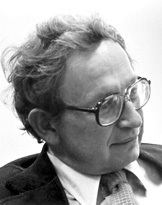
Education and early life
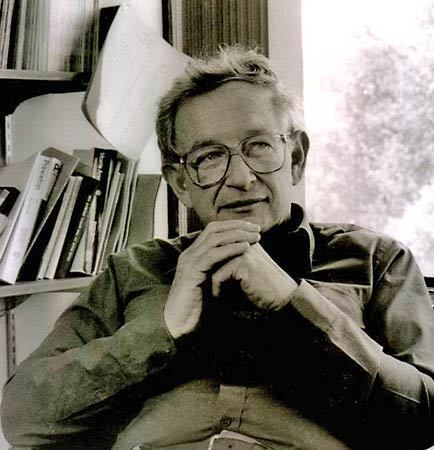
Anderson was born in Indianapolis, Indiana and grew up in Urbana, Illinois. He graduated from University Laboratory High School in Urbana in 1940. Afterwards, he went to Harvard University for undergraduate and graduate work, with a wartime stint at the U.S. Naval Research Laboratory in-between. In graduate school he studied under John Hasbrouck van Vleck.
Career and research
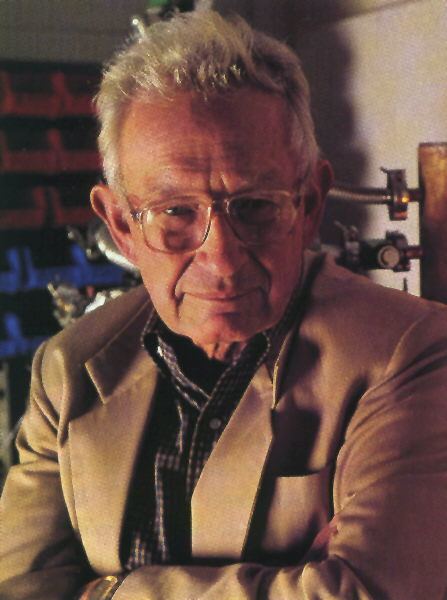
From 1949 to 1984 he was employed by Bell Laboratories in New Jersey, where he worked on a wide variety of problems in condensed matter physics. During this period he developed what is now called Anderson localization (the idea that extended states can be localized by the presence of disorder in a system); invented the Anderson Hamiltonian, which describes the site-wise interaction of electrons in a transition metal; proposed symmetry breaking within particle physics (this played a crucial role in the development of the Standard Model and the development of the theory behind the Higgs mechanism, which in turn generates mass in some elementary particles); created the pseudospin approach to the BCS theory of superconductivity; made seminal studies of non-s-wave pairing (both symmetry-breaking and microscopic mechanism) in the superfluidity of He3; and helped found the area of spin-glasses. He was elected a Fellow of the American Academy of Arts and Sciences in 1963.
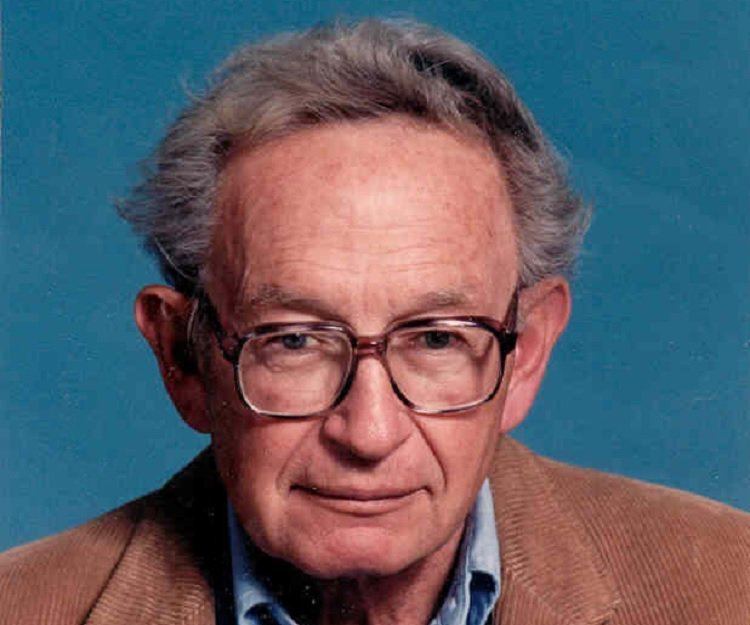
From 1967 to 1975, Anderson was a professor of theoretical physics at Cambridge University. In 1977 Anderson was awarded the Nobel Prize in Physics for his investigations into the electronic structure of magnetic and disordered systems, which allowed for the development of electronic switching and memory devices in computers. Co-researchers Sir Nevill Francis Mott and John van Vleck shared the award with him. In 1982, he was awarded the National Medal of Science. He retired from Bell Labs in 1984 and is currently Joseph Henry Professor of Physics, Emeritus at Princeton University.
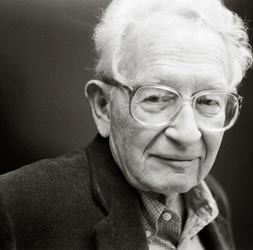
Anderson's writings include Concepts of Solids, Basic Notions of Condensed Matter Physics and The Theory of Superconductivity in the High-Tc Cuprates. Anderson currently serves on the board of advisors of Scientists and Engineers for America, an organization focused on promoting sound science in American government. He is a certified first degree-master of the Chinese board game Go.
Anderson has also made important conceptual contributions to the philosophy of science through his explication of emergent phenomena. In 1972 he wrote a now highly cited article called "More is Different" in which he emphasized the limitations of reductionism and the existence of hierarchical levels of science, each of which requires its own fundamental principles for advancement.
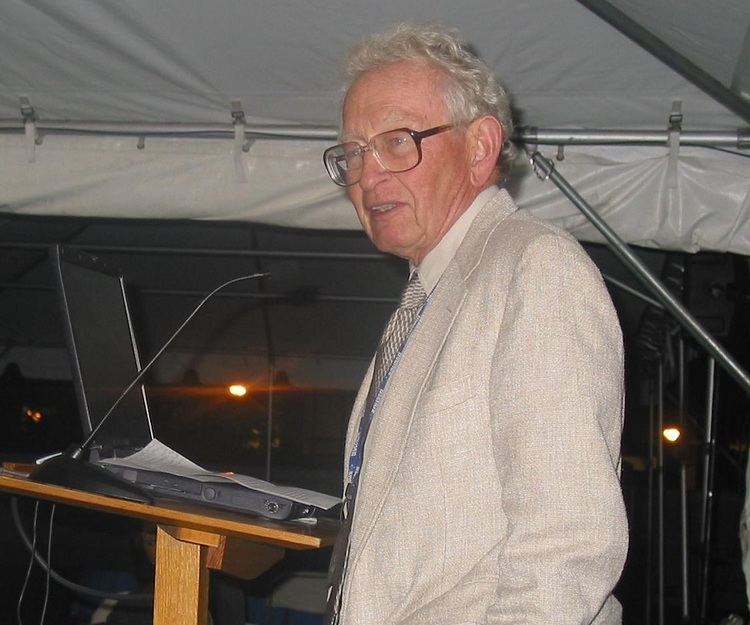
A 2006 statistical analysis of scientific research papers by José Soler, comparing number of references in a paper to the number of citations, declared Anderson to be the "most creative" amongst ten most cited physicists in the world.
Awards and honors
He was awarded the Oliver E. Buckley Condensed Matter Prize in 1964, the Nobel Prize in Physics in 1977 and was elected a Foreign Member of the Royal Society (ForMemRS) in 1980. He was awarded the National Medal of Science in 1982.
Personal life
Anderson is an atheist and was one of 22 Nobel Laureates who signed the Humanist Manifesto.
